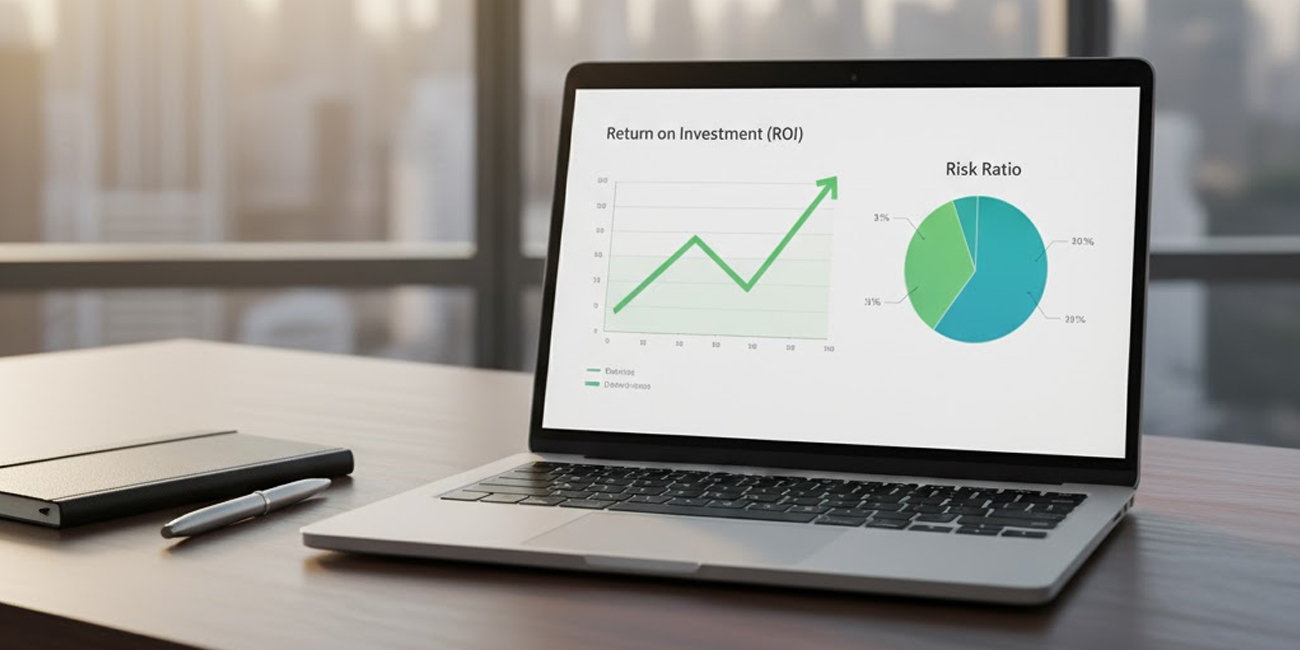Cyber Security Pitch to CEO: The 5 Financial Metrics They Actually Care About

CEOs are focused on high-level impact, risk mitigation, and return on investment. When reviewing a cyber security pitch, they are less interested in technical minutiae and more concerned with how decisions affect the company’s financial health. Presenting the right metrics in a clear, structured way signals both understanding and credibility. A deck that aligns with executive priorities earns attention, while one overloaded with technical jargon risks dismissal.
Why CEOs Prioritize Metrics Over Features
Executives must make rapid, high-stakes decisions. Features, processes, and toolkits matter only insofar as they influence costs, liabilities, or revenue protection. A CEO evaluates cyber security investment through a lens of financial consequence: how it prevents loss, preserves operational continuity, or creates competitive advantage. Slide decks that surface clear metrics allow executives to grasp value quickly, enabling more strategic discussion rather than technical explanation.
The challenge is translating technical complexity into concise, quantifiable insights. Cyber security teams often default to feature lists, attack surface diagrams, or system logs. While these convey thoroughness, they fail to communicate business impact. Understanding which metrics resonate allows the presenter to focus on information that drives executive decisions, earning credibility and influence.
The Five Metrics
- Potential Loss Avoidance: Quantify projected losses prevented by cyber measures. Express as monetary impact to make abstract risk tangible.
- Cost of Implementation: Break down upfront and recurring expenses. CEOs weigh investment against potential risk reduction.
- Return on Security Investment (ROSI): Demonstrate how preventive measures save multiples of cost over time. Clear ratios are more persuasive than descriptive statements.
- Incident Response Time: Show how quickly breaches are identified and remediated. Faster response reduces operational disruption and financial exposure.
- Regulatory Compliance Exposure: Highlight gaps or adherence to mandatory standards. Non-compliance risks fines and reputational damage, which have direct financial consequences.
Each metric must be presented with context and clarity. Charts or visualizations can emphasize trends, comparisons, or benchmarks, but simplicity is key. Complex graphics without explanation may confuse rather than clarify. The goal is a deck that communicates strategic impact in an executive-ready format.
Linking Metrics to Strategic Decisions
Metrics are not just numbers—they inform executive judgment. Potential loss avoidance helps prioritize which threats require immediate attention. Cost of implementation guides budget allocation decisions. ROSI demonstrates efficiency and justifies future spending. Incident response times influence operational protocols, while compliance metrics determine legal and reputational risk mitigation.
By connecting metrics to tangible business decisions, teams create a narrative of strategic foresight. CEOs are more likely to endorse initiatives when presented with data that directly ties to financial performance and risk management. Metrics contextualized in this way also encourage focused discussion during meetings, keeping attention on executive priorities rather than technical tangents.
Subtle Integration of Expertise
A well-crafted pitch deck can benefit from external review or consulting guidance. Experts, such as 50Proof, can ensure metrics are framed effectively, visualized clearly, and sequenced for maximum comprehension. This type of professional input allows cyber security teams to focus on content accuracy while optimizing presentation for executive evaluation. Subtle refinements—consistency in formatting, clear labeling, and prioritization of slides—signal diligence and operational discipline.
The final slide should summarize the key metrics, highlight trade-offs, and leave the executive with clear next steps. Alignment between narrative and numerical data ensures the CEO sees both the strategic rationale and operational capability. When the deck communicates value clearly, decision-making accelerates and confidence in the team increases.
CEOs respond to clarity, defensible data, and disciplined execution. A cyber security pitch that integrates these five metrics with strategic insight conveys credibility, commands attention, and fosters alignment on investment priorities. By focusing on what matters most, teams move beyond technical demonstration toward influencing high-stakes financial and operational decisions. The deck becomes a tool not just for communication, but for strategic impact.